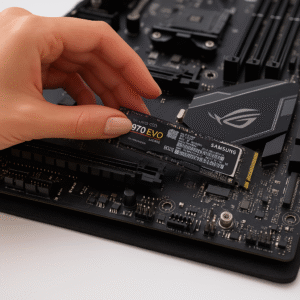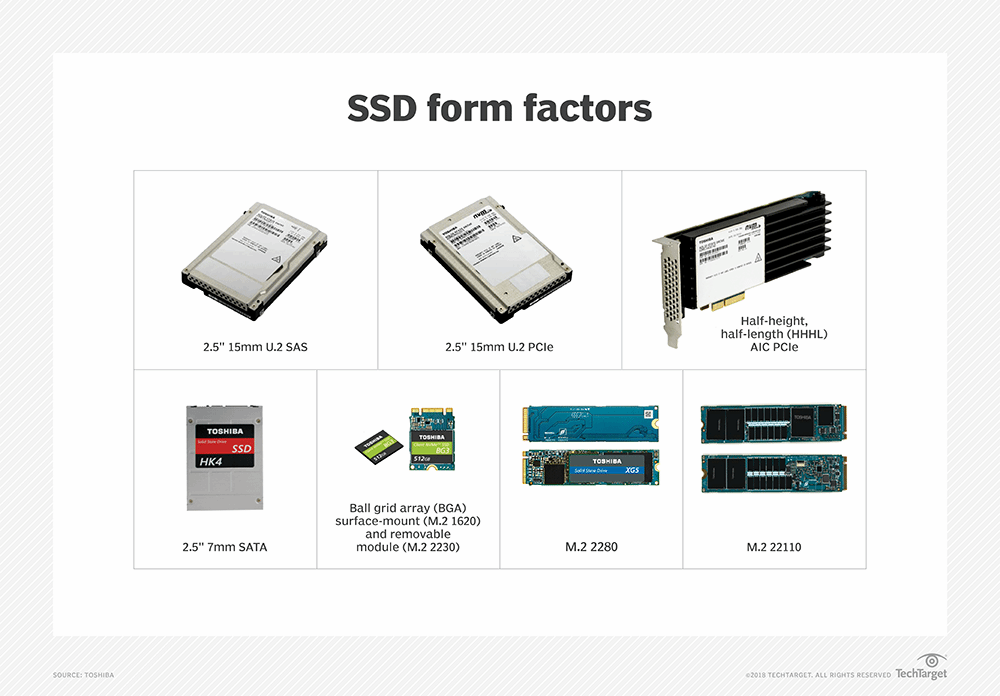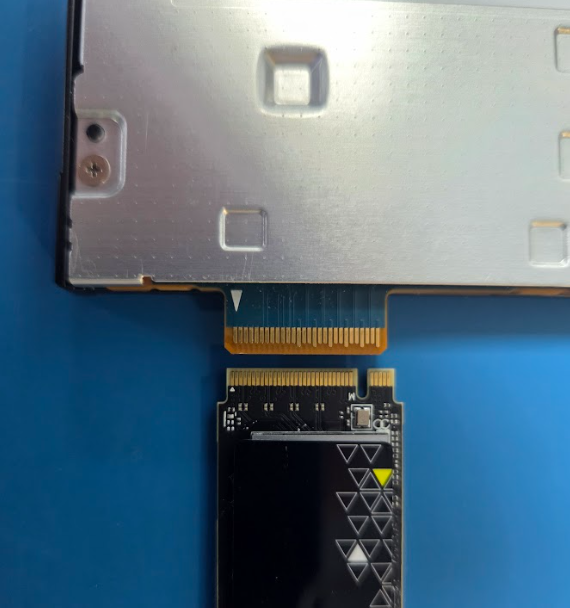
Andy Norrie
Are M.2 SSDs dead?
With the arrival of Gen6, the M.2 physical connectors are showing their age, especially compared to the newer EDSFF design, which is optimised for better signal integrity. What does this mean for next-generation computers?

As communication speeds become faster, every connector and every inch of copper in the signalling path becomes a problem. For PCIe Gen4, it was not uncommon to have multiple adaptors in a chain for testing. At one UNH-IOL Gen4 Plugfest event, we had:
Host AIC slot->AIC Protocol Analyser->AIC Quarch Breaker->AIC to M.2 adaptor->M.2 drive
There are 3 additional items between the host and device, and it ran error-free. At PCIe Gen5 speeds, life is a lot harder. We see cases where some customers struggled to get a Gen5 M.2 device to run error-free directly in an M.2 slot, with nothing extra in the signal path. And if that’s a problem, then adding test equipment into the path is going to make it worse.
Quarch tools generally run well with Gen5 systems, but that took a huge design effort, and in many cases there is little margin left. It’s certainly unlikely that a second adaptor or test device can be added at the same time without seeing a lot of errors or a failure to link at all.
What causes data errors?
If you look at the datasheet for a connector, you will see it has insertion loss (certain frequencies are lost as the signal passes through) and crosstalk (frequencies can couple from one lane to another). High losses and/or high crosstalk mean a higher likelihood of errors, and if it’s bad enough, no link at all.
The connectors themselves significantly contribute to crosstalk and insertion loss, especially in poorer-quality designs, making them a major factor in overall performance.
In the lab, we use a Vector Network Analyser or VNA
This enables us to route signals through a fixture and assess the overall performance of the entire design, with M.2 designs noticeably performing worse. There are multiple reasons for this, but the core problem is that a Gen5 M.2 connector is based on the original design from 2013 and is backwards compatible. While this simplifies things, it also means we’re limited by the decisions made long ago for much lower frequencies.
A couple of examples of the problems include:
- M.2 has shorter pins than EDSFF, and the sizes are less optimised for high-speed signalling.
- EDSFF connectors have more ground pins per lane compared to M.2. The pins are also placed very specifically to improve the signal quality of the connector as a whole. Ground paths are extremely important at higher frequencies; this can make a big difference.
Also see a similar opinion on U.2 from Micron!
U.2 Had a Good Run. It’s Time to Move on to EDSFF
So what could replace it? Challenges make U.2 more difficult to implement compared to other options, like EDSFF form factors, which were designed with these difficulties in mind.
M.2 is very useful in smaller devices such as laptops and makes great boot drives for large servers. This need is unlikely to go away.

What do we think might happen? An ‘M.3’ design based on a 4-lane EDSFF connector (or something very similar to it) would work well. Break away from the old M.2 connector rather than endure the pain of trying to force it to Gen6 or Gen7.
Most E1 and E3 SSDs are just too large for laptops. Small caseless models do exist. The Micron 7450 series for example, has both M.2 and caseless E1:
M.2 – 22mm x 80mm
E1 – 31mm x 111mm
There are also newer standards in development, such as SFF-TA-1042 (known as E2). Again, this is larger:
E2 – 67mm x 200mm
While current standards are focusing on larger enterprise drives, it’s worth noting that the EDSFF x4 connector is actually narrower than M.2. It would be perfectly possible to make an EDSFF style drive that was similar in size to an M.2.
EDSFF does have a problem, though, not the lack of a keying slot on the connector. If you plug them in the wrong way round, you can cause a short circuit and a fire!

In conclusion
M.2 has had a good run. Will it get to Gen6 (maybe) or Gen7 (probably not)? At some point a new design will be needed, but it’s hard to know which way the big players in the industry will drive it.
For now, you can be sure that Quarch will be there to support every new form factor that we can. We’re rapidly releasing Gen6 test equipment and if there is something you need and can’t find, please contact us!

